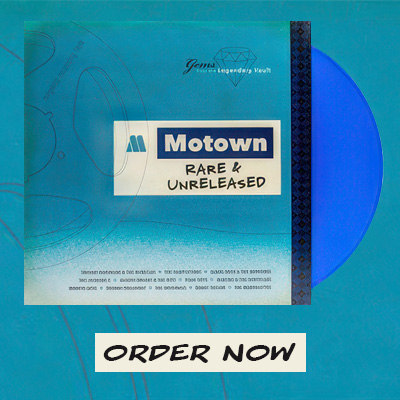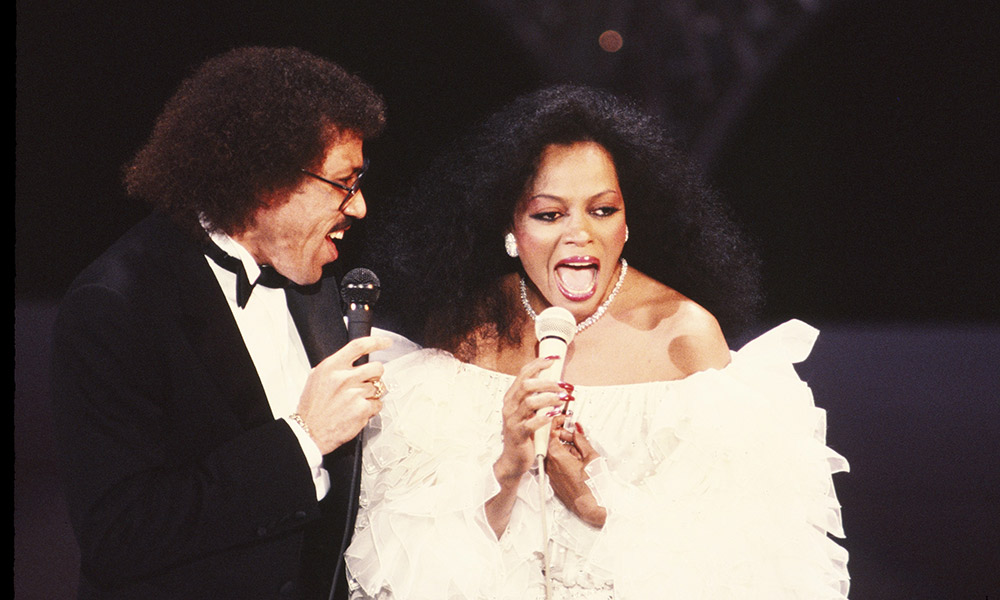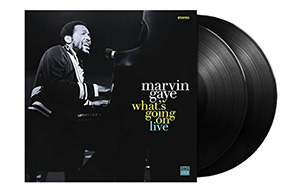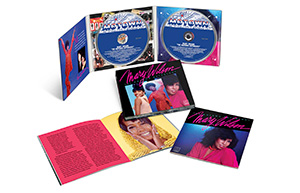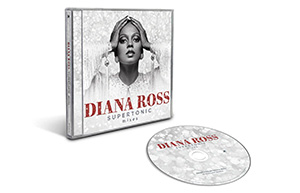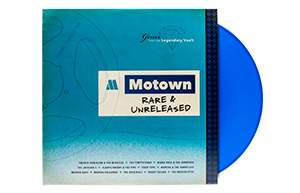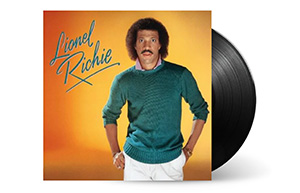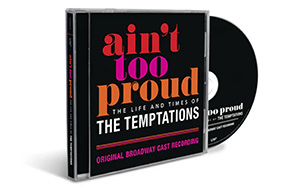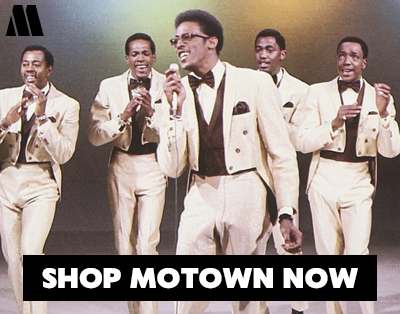Diana Ross & Lionel Richie – “Endless Love”
Number One on the Billboard Hot 100 for the week ending Saturday, September 12, 1981.
As one of the biggest-selling tracks in Motown history, “Endless Love” is accompanied by many accounts of its making. “Lionel wrote the song for the movie,” recalled Diana in her autobiography, “and although Endless Love did not do well, the song was brilliant and, as with Mahogany, the song did better than the film.” (That film, starring Brooke Shields, was based on a Scott Spencer novel about teenage love.) Ross admitted, however, that the working relationship with Lionel was difficult. “I am a perfectionist. I like to be on time, always. Lionel was not always on time.”
It didn’t help that finding any time whatsoever to record “Endless Love” was a challenge for both. “We showed up one morning in a sixteen-track studio in Reno,” Lionel told biographer Roberta Plutzik, “both of us barely awake. I had just come out of a [recording] session. Diana had done two shows at Lake Tahoe. We were running on empty at first.” Adding to Lionel’s preoccupation, perhaps, was that he was still a member of the Commodores, still recording with them while also producing and writing for country/pop star Kenny Rogers. “Lionel’s departure had still not been made official in terms of the paperwork,” remembered his friend and fellow Commodore, Thomas McClary, in his autobiography, “but his heart and his presence had long departed.” (Richie wanted him involved in creating music for the Endless Love soundtrack; McClary plays guitar on the title song.)
The origin of “Endless Love” can be traced to movie director Franco Zeffirelli and producer Jon Peters, who at first planned an instrumental theme for their new project with PolyGram Pictures. Peters arranged for Richie to meet the director, who subsequently decided that he wanted a title song, complete with lyrics. The soon-to-be-former-Commodore was happy to deliver; he was under contract to Motown, but Ross had recently departed. Still, a deal was done: Motown released their duet as a single, PolyGram featured it in the movie and soundtrack album.
The outcome was a smash to benefit everyone: Number One on the Billboard Hot 100 for a remarkable nine weeks, as well as topping the R&B and adult contemporary charts. “Endless Love” travelled, too, and dominated best-seller lists in Australia, Canada, Holland and Sweden, among other countries. In total, the single sold more than 3 million copies, and was nominated in five 1981 Grammy categories, including Record of the Year. Lionel’s reputation as a songwriter and producer was enhanced more than ever, setting up his solo career, while Diana enjoyed a glittering “goodbye” to Motown. And even though Endless Love was not as big at the box-office as hoped, the PolyGram soundtrack album reached the Top 10. The proceeds, as well as the love, seemed endless.
With a song as popular as this, an afterlife is guaranteed. The range of remakes runs from Tom Jones and Dionne Warwick in 1997 to mezzo-soprano Katherine Jenkins and French opera singer Amaury Vassili in 2010. Diana Ross even recorded it again herself, as a solo performance (self-produced) for her first post-Motown album, Why Do Fools Fall In Love. Lionel also revisited the song, albeit after three decades; his second recording was a duet with Shania Twain on his 2012 hit album, Tuskegee. But the most popular remake of “Endless Love” was that recorded by Luther Vandross, with Mariah Carey, for his 1994 album, Songs. When released as a single, it peaked at No. 2 on the Billboard Hot 100, held at bay only by Boyz II Men’s Motown megahit, “I’ll Make Love To You.”
Aside from the challenge of recording in Reno during unsocial hours, Lionel Richie and Diana Ross had to figure out ways to offer “Endless Love” to their fans in concert, together and apart. As duet partners, their performance at the 54th Academy Awards® in 1982 (when the song was nominated for an Oscar) probably counts as the most viewed, then and since. The following year, during six sold-out nights at the Universal Amphitheater in Los Angeles, Lionel performed his hit accompanied by a film clip of Diana, projected on a small, on-stage screen which moved as her image “walked” or “turned.” A few years later, during a four-night run at the same California venue, Diana sang “Endless Love” with her backup singer Bobby Glen. Only those who went to both shows know which version worked best.




